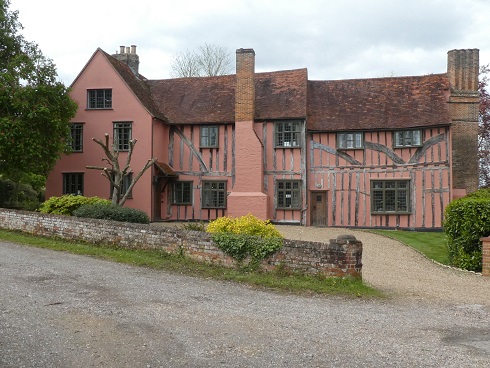
Little Baddow Hall was the manor hall of Little Baddow. The manor, originally known as Badwen, was held by the Saxon Lord, Lewin, at the time of the Norman Conquest. Subsequently it was held by Germund from Ralph Baynard under the feudral system, by which an overlord would provide his supporters with land in exchange for military service. It may have been Germund who started building the parish church next to his manor hall.
In the following centuries Little Baddow was held by various families (de Badew, Filiol, de Bohun). The manor hall was rebuilt in the 14th/15th century by the then tenants, the de Bohun’s. In 1652 it was purchased along with Toft’s by Gobert Barrington, who lived at Toft’s, while renting out the Hall. For most of this time, Edmund Butler was his tenant at the Hall. On his death, Butler left land in trust for clothing and educating poor children of Little Baddow and Boreham. This led to the creation of the Butler Charity School, the earliest known school in Little Baddow. After Barrington died in 1695, both the Hall and Toft’s passed to Francis and Elizabeth Shute who provided land and money to build the reform chapel in the early 18th century. In 1778 John Strutt, a wealthy miller and MP for Maldon, bought Toft’s and Baddow Hall for £22,000. He leased out Baddow Hall and Toft’s, his main residence being Terling Place in Terling.
Prominent 19th century occupants were James and Kate Tweed. In 1881, they employed 8 men and 4 boys on the farm. They had three children, a cook and a housemaid. In 1897, Jubilee celebrations were held here with sports followed by a high tea on the lawn for about 400 people. In 1928, Mr and Mrs Stuart MacDonald bought the farm and made the Hall fields into apple orchards.